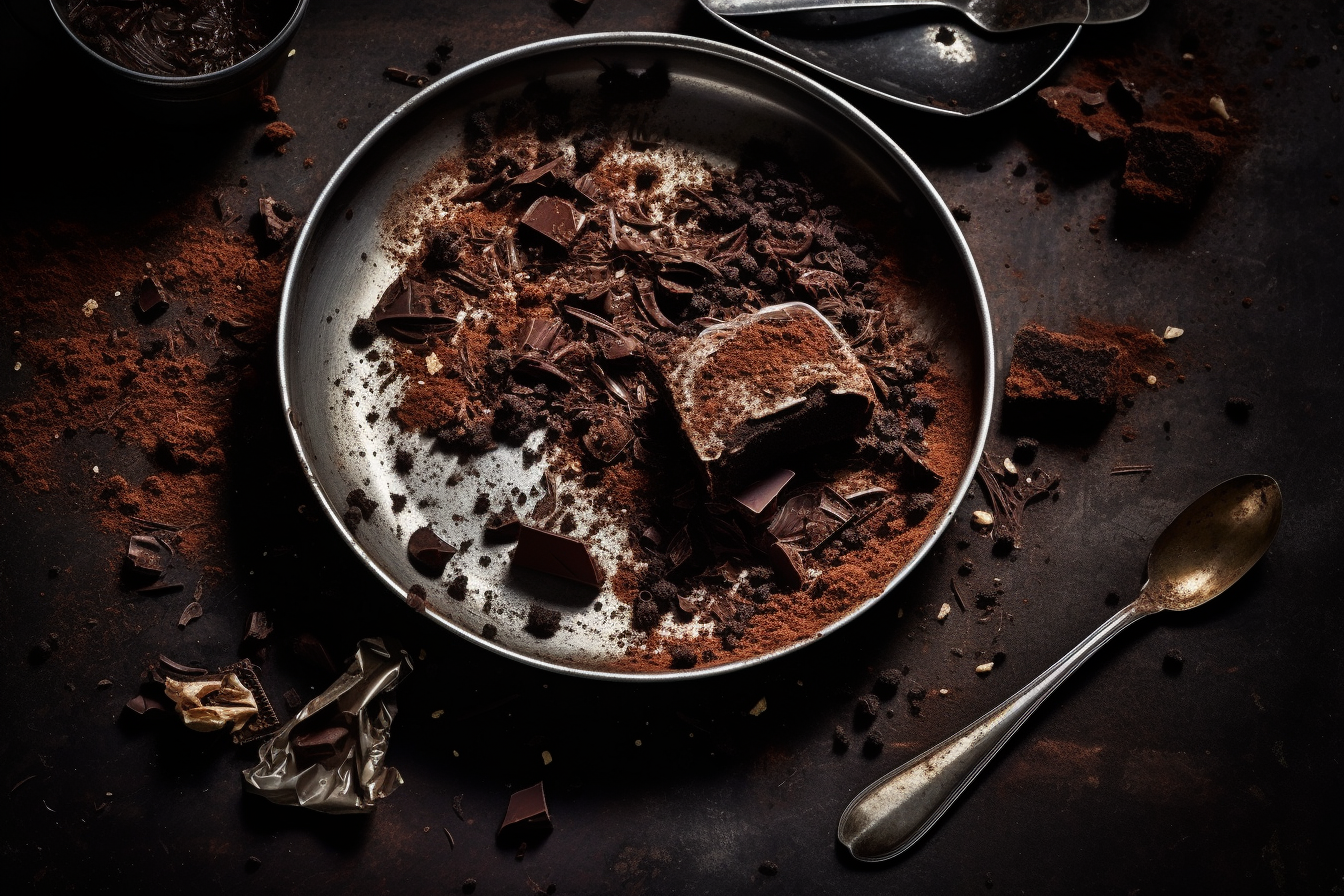An article from 1982, published in the journal “Human Nutrition: Applied Nutrition,” is dedicated to the absorption of iron.
The authors conducted a study on the impact of various beverages on the absorption of non-heme iron. Non-heme iron is found in plant-based foods such as whole grains, nuts, seeds, legumes, and leafy greens. Non-heme iron is also present in animal meat and iron-fortified products.
The beverages were consumed alongside a standard meal consisting of a hamburger, green beans, and mashed potatoes. In each series, the same dishes were served to the same individuals either with water or with the test beverage. The food was marked with two different isotopes of radioactive iron.
A decrease in iron absorption was observed when drinking tea (62%) or coffee (35%) during the meal. Orange juice increased iron absorption (85%). Pure alcohol and wine only slightly increased the percentage of absorption. Wine often contains a relatively high iron content, significantly increasing the amount of absorbed iron (approximately threefold). Milk and beer had no significant impact on iron absorption, and drinking Coca-Cola only slightly increased absorption.
This research clearly shows that the choice of beverage during a meal can significantly affect the absorption of non-heme iron.

